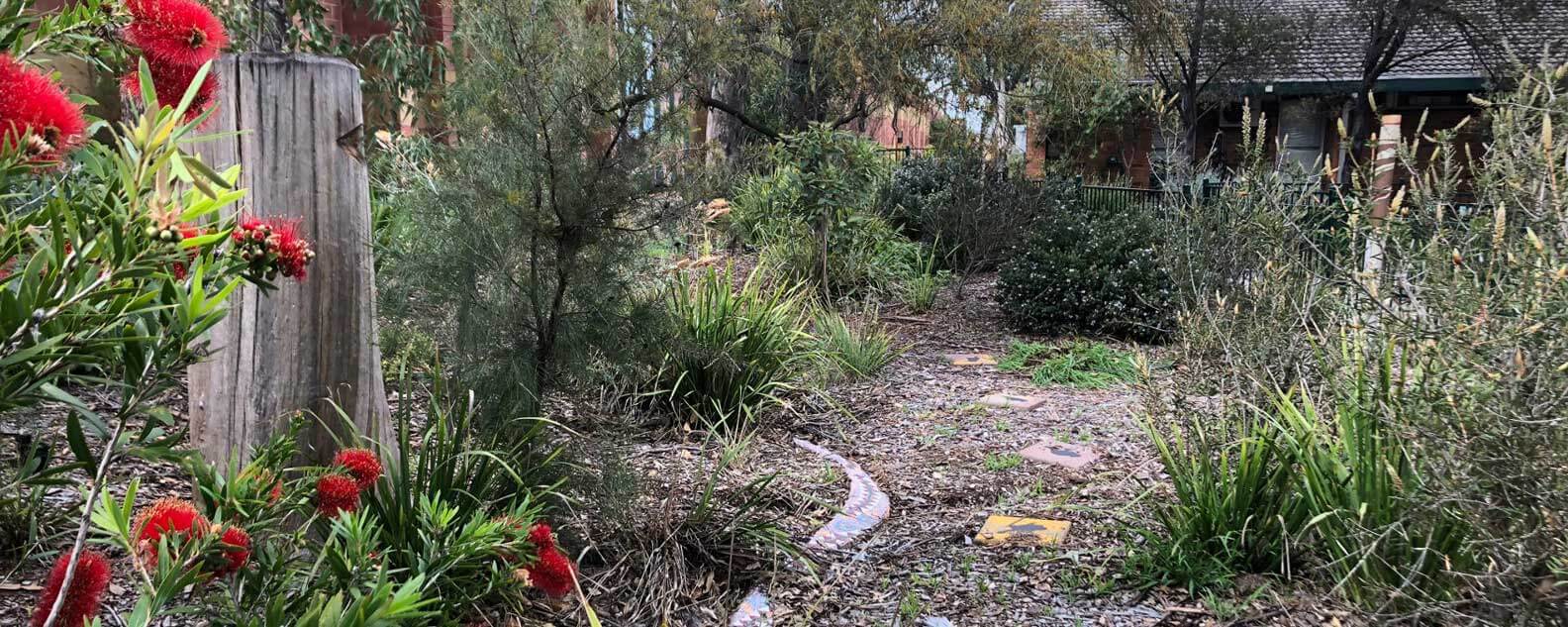School habitat gardens are important in providing habitat for native wildlife as well as being a great opportunity to teach students about biodiversity within their own school playground.
Peter Dawe of the Youth Community Greening team at the Royal Botanic Garden Sydney has worked with countless schools and community groups to develop habitat gardens across NSW. Here he shares his advice:
School Habitat Gardens
With urban sprawl rapidly consuming plant communities and essential habitat across our landscape, schools provide a unique opportunity to restore and preserve native bushland areas on their sites.
In some regions, schools are the last large green spaces which can offer sanctuary to our native fauna, from birds and reptiles to invertebrates and other soil living organisms.
Most schools have trees dotted throughout their playgrounds but lack other layers of vegetation which can give animals the food and shelter they require.
A great place to start is by connecting some of these existing trees with native endemic gardens. Improve the soil by sheet mulching with cardboard and adding a thick layer of mulch/woodchip.
Pocket plant local native shrubs, grasses and groundcovers directly into this mulch with additional soil. Alternatively supplement existing gardens with appropriate native plants that may be lacking.
By planting local native plant species you won’t require additional water and fertiliser once the plants have established as they are suited to the climate of the region.
Such a project within your school is a wonderful learning opportunity for the students and school community. As well as improving the aesthetic appeal of the school, you’ll also be providing valuable habitat for the local wildlife.
Learn more
Explore your local habitat garden with the Habitat Gardens iBook. This interactive multi-touch book showcases habitat gardens created for local threatened native animals in New South Wales, Australia. The gardens were constructed by the Royal Botanic Garden Sydney & the Youth Community Greening program together with local schools and Aboriginal communities.
If you are an educator looking to learn more please check out our Living Learning online resources, the award-winning Community Greening program, and the Royal Botanic Garden Sydney's professional development opportunities.
If you are a journalist and have a media enquiry about this story, please click here for contact details and more information.
